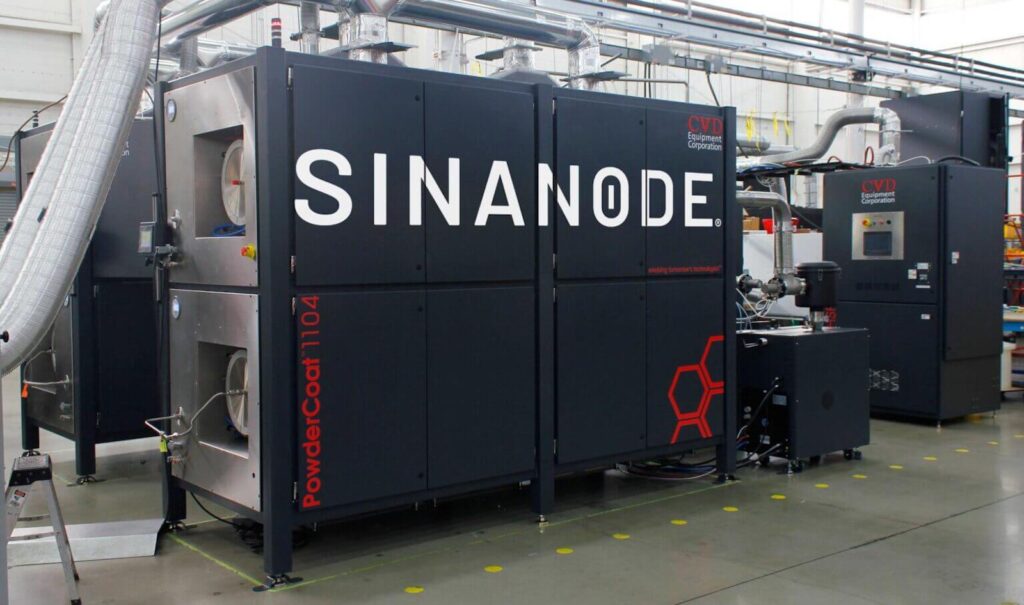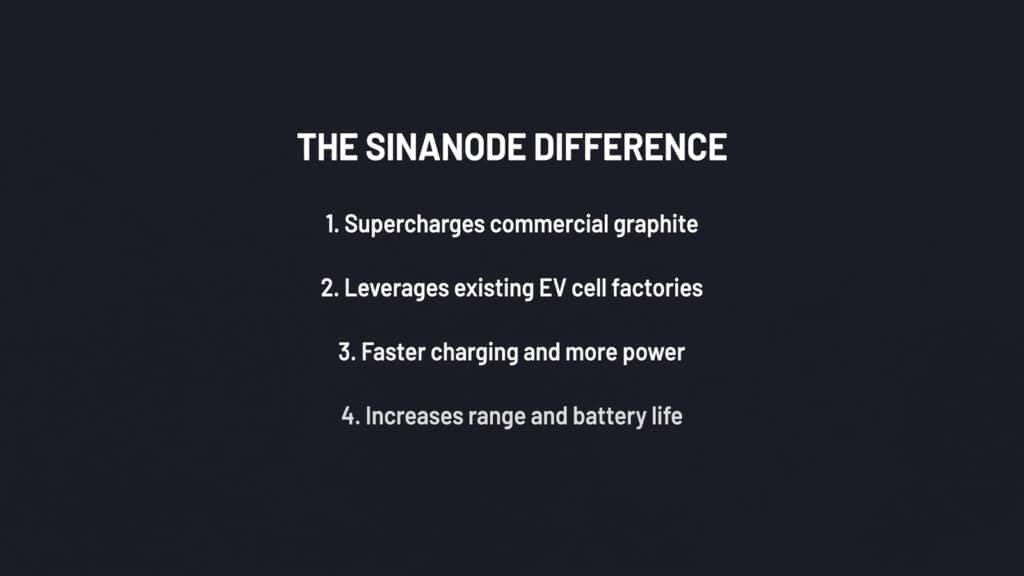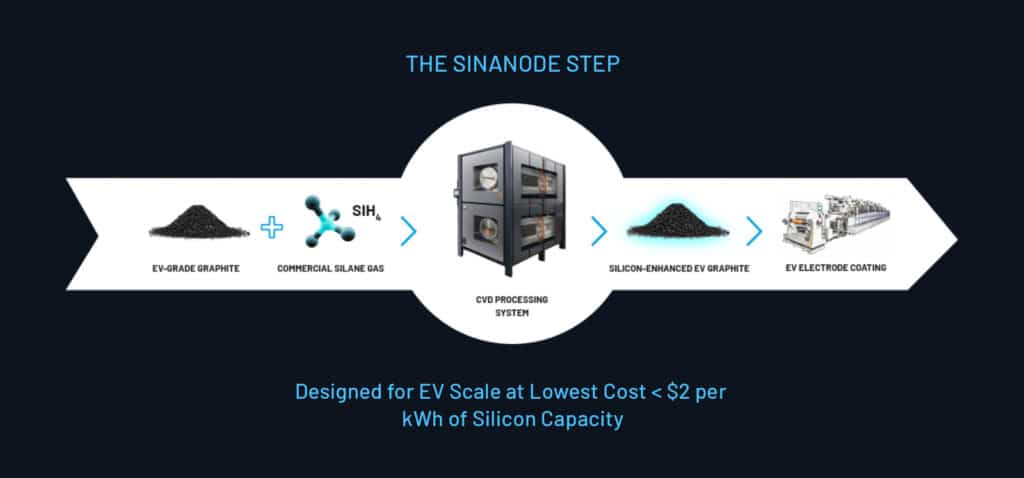GM Invests in Silicon Battery Tech to Advance Next-Gen Ultium Cells
General Motors Co. and OneD Battery Sciences have announced a new joint research & development agreement to use OneD’s silicon nanotechnology in GM’s Ultium battery cells.

The plan is to use silicon anodes in a graphite base to enable significant increases in energy density, resulting in lighter-weight batteries with longer range and lower costs.
“GM designed Ultium to be a supremely flexible platform so we can continuously improve our cells as battery technology advances,” said Kent Helfrich, GM chief technology officer, vice president of GM research and development, and president of GM Ventures. “Our collaboration with OneD will focus on efforts to continue advancements in EV range, performance and cost.”
The collaboration is centered on OneD’s Sinanode platform, which integrates more silicon into the anode battery cells by fusing silicon nanowires into EV-grade graphite. Silicon holds 10 times more energy than graphite, and it’s a readily available low-cost material.
“From day one, OneD has aimed to simplify silicon as the means to a completely new era of EVs,” said Vincent Pluvinage, CEO, OneD Battery Sciences. “We believe that the winners of the EV race will be those who can effectively add more silicon to the battery cell, in a way that doesn’t disrupt existing supply chains and processes. We’re thrilled to collaborate with General Motors on our shared goal of accelerating mass EV adoption.”

GM makes an investment
GM Ventures and Volta Energy Technologies also participated in OneD’s Series C funding round, which the company recently closed at $25 million.
With their license-based business model and low operational costs, OneD plans to use the funds to continue research and development, while at the same time advancing pilot production and providing automotive OEMs and battery manufacturers a seamless integration into the manufacturing of EV batteries.
At the same time, GM is building on more than a decade of advanced battery research and development with its new Wallace Battery Cell Innovation Center in Warren, Michigan. The R&D facility was completed earlier this year to help significantly ramp up development and production of next-generation Ultium batteries. The site works on battery materials as well as production methods that can be deployed at battery cell manufacturing plants.
Silicon has been widely researched as a battery medium
OneD Battery Sciences has been working on battery tech for 15 years, and the company holds a portfolio of more than 240 granted patents. OneD is now licensing its technology to industrial partners in order to scale up manufacturing faster and at a lower cost than would be possible independently.

Additional research into silicon as a battery medium has been in the works for years at companies like XNRGI, located in Bothell, Washington near Seattle. XNRGI development is focused on using conventional silicon wafers from the computer industry as a substrate for battery bodies.
Lithium-ion batteries currently in use depend on a graphite slurry on a two-dimensional conductor as a building material.
OneD is focused on adding silicon nanowires while the XNRGI battery uses a three-dimensional porous silicon wafer coated in lithium metal. Like OneD, XNRGI holds several patents for its designs.
Silicon is not a panacea, but holds promise
If making a silicon battery was that good and that easy, everyone would do it. However, there are certain challenges. Silicon tends to swell during the charging cycle, and degrades more rapidly than other materials, and those tendencies will have to be ameliorated before a production battery can be developed.
Additional research is taking place around the world, as companies race to develop the technology into a reliable product. Automakers such as GM and Mercedes-Benz are investing in silicon battery tech, as well as government entities such as the US Departments of Energy and Defense.
Auto Lovers Land
Comments
Post a Comment